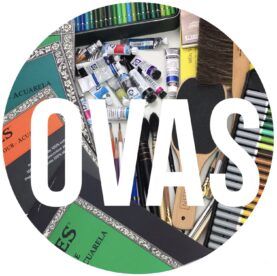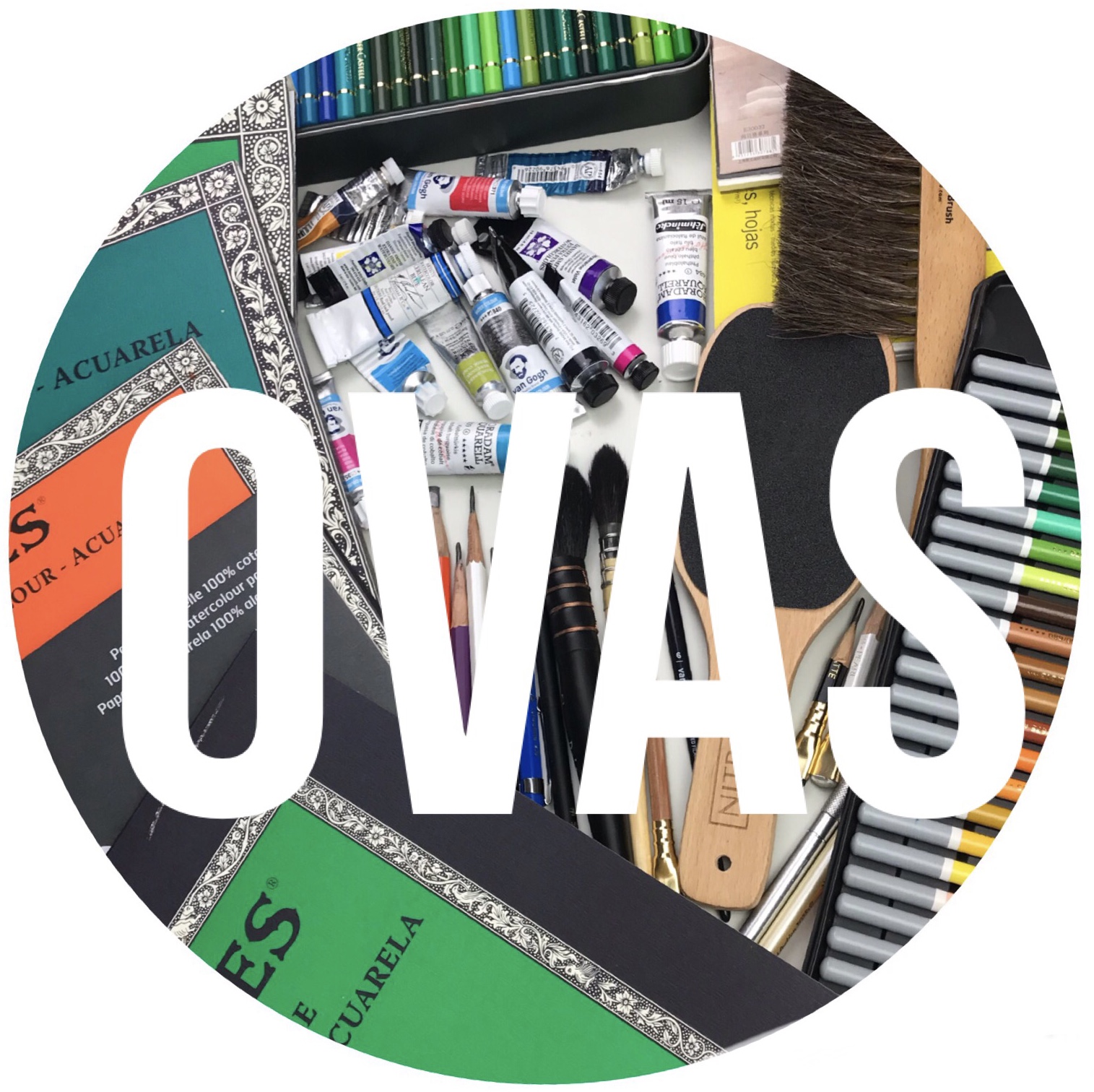SALE 30% OFF
TULIP

During this 2 day workshop you will learn how to paint the beautifully blooming tulip and create the illusion of the “flying” petals. The painting process will cover the Ala Prima techniques, infusion washes, working with masking liquid.
This workshop suites to all ages and all skills levels. Although some previous experience in watercolour would be a benefit.
ZOOM package for online interactive workshop with lifetime access to video tutorial Day 1 Tuesday February 6, 2024 7 PM to 9 PM EDT Day 1 Wednesday February 7, 2024 7 PM to 9 PM EDT Homework video review
You will get lifetime access to a video tutorial based on this ZOOM class that will be posted a couple of days after the workshop.
Once you register you will get access to the course content and ZOOM link
Course Content
Student’s work

T-shirt 
Pat 2024
Materials that I am going to use during demonstration;
This list is only for your information, there is no need to get exactly what I am using:
Watercolour paper
- Arches watercolour paper, cotton, cold press or rough, 300 gm2
Watercolour brushes;
- Round # 10-12 Paul Rubens
- Flat synthetic brush 3/4 and 1 1/2 or larger (Escoda, Grumbacher)
Watercolour paint;
Light yellow (Lemon yellow, Daniel Smith)
Orange (Orange Transparente, Schminske)
Pink (Quinacridone Rose, Daniel Smith)
Dark pink (Rose Madder, Daniel Smith)
Red (Quinacridone Red, Daniel Smith)
Bright red ( Carmine, Daniel Smith)
Magenta (Magenta, Daniel Smith)
Violet (Mineral Violet, Daniel Smith)
Dark violet (Shadow Violet, Daniel Smith)
Light green (Gold Green, Daniel Smith)
Dark green (Undersea green, Daniel Smith)
Rusty Brown (Burnt Sienna, Daniel Smith)
Darn Brown (Burnt Sienna, Daniel Smith)
Ultramarine (Ultrmarine, Daniel Smith)
Black Blue (Indigo, Daniel Smith)
Dark Grey (Paynes Grey, Daniel Smith)
Neutral Grey (Neutral Tint, Daniel Smith) Optional
White Gouache (optional)
And/or
Masking liquid (a few drops of liquid soap and a small cheap brush for applying it to the paper)
Watercolour board (any sturdy cardboard that you can tape the paper to)
Drafting (artistic) tape
Watercolour palette with a large surface for mixing pigments. Alternatively, you can use a white ceramic plate.
Two large jars for water;
Paper towels;
Hair dryer;
Glass of wine or two.


